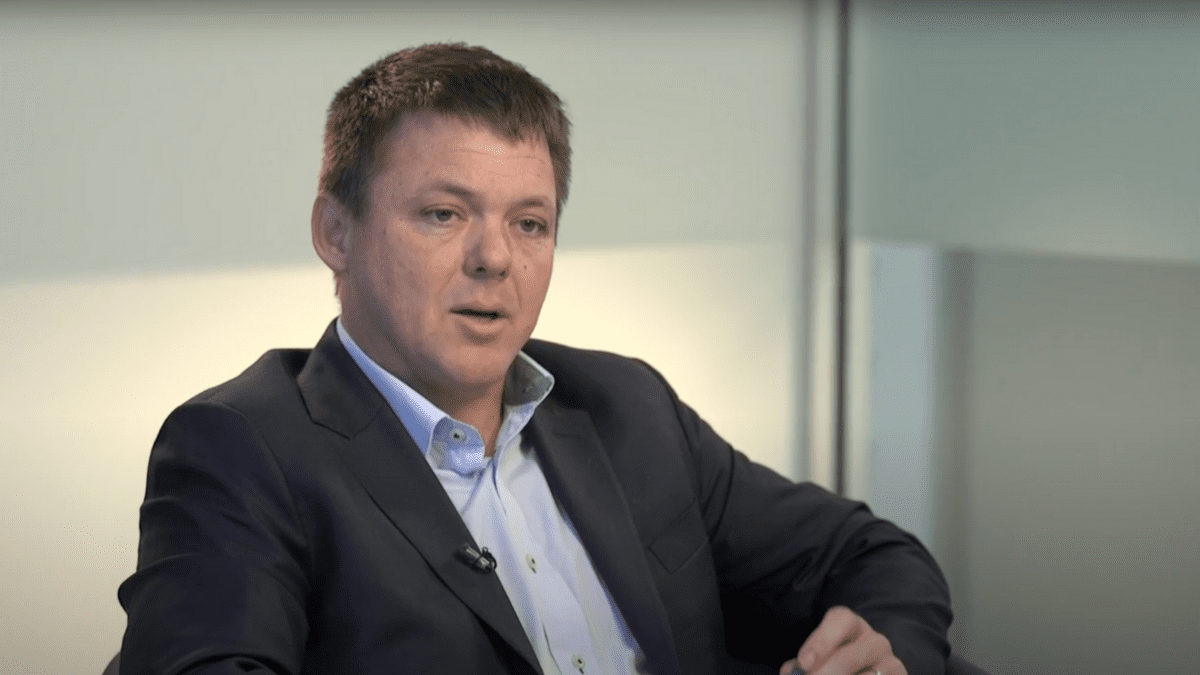Self-funded retirees embracing ETFs as diversification tool: Report
Self-funded retirees and their superannuation vehicle of choice, a self-managed super fund (SMSF), are often chided for their asset allocation, with their penchant for direct Australian equities seen as a hallmark of their lack of investment acumen.
There’s an element of truth in a slur that typically comes from the APRA-regulated funds. After all, ATO figures to June 30, 2024, show listed overseas equities stood at a miniscule $17 billion or 1.8 per cent of net SMSF assets of $957 billion. Even including all other overseas assets, it only takes this percentage to 2.1 per cent.
But appearances can be deceiving. Delving a little deeper into the ATO data and it shows that the listed trust category stood at $62.8 billion or 6.6 per cent of the $957 billion held in SMSFs, of which a sizeable percentage are ETFs – the fastest growing SMSF asset class after listed Australian equities.
The significance of this ETF number is that it has become the investment tool of choice for those SMSFs wanting diversification via overseas markets.
As the 2024 Class Annual Benchmark Report highlights, of the top 10 ETFs held by SMSFs, eight have an international focus. Just as importantly, nearly a third of the 181,862 SMSFs that provided the data for this comprehensive benchmark report held an ETF.
As the report says, “although ETFs account for just 5.4 per cent, or $17.7 billion, of Class SMSF assets, they represent the fastest-growing category aside from direct Australian shares, with allocations increasing by 0.7 per cent, or an estimated $7.2 billion, over the 2024 financial year – a healthy 15.4 per cent increase year on year”.
It’s not just an Australian phenomenon. Global ETF assets under management reached $US13.1 trillion ($A18.9 trillion) at June 30, 2024, with asset manager Blackrock predicting this number will rise to US$25 trillion ($A36.1 trillion) by 2030.
In Australia, there are more than 350 ETFs listed on the ASX, representing more than $200 billion in AUM, and more than two million Australians are using them in their portfolios, with self-funded retirees in the vanguard of this investment trend.
Although the two most popular ETFs have an Australian focus – the Vanguard Australian Shares Index ETF (ASX:VAS) and the Vanguard Australian Property Securities Index ETF (ASX:VAP) – the third cab off the rank, iShares S&P 500 ETF (ASX:IVV), gives exposure to the US tech behemoths such as Apple, Microsoft and Nvidia.
So, why are ETFs the flavour of the month? InvestSMART chief executive officer Ron Hodge suggests their biggest single attraction is the ability they give investors to easily diversify their portfolios.
“As ETFs often track broad-based indices such as the S&P/ASX 200 or the S&P 500, buying an index tracking ETF will instantly provide exposure to hundreds of stocks across multiple sectors. Investors also increase diversification when buying ETFs that represent different asset classes, many of which were not previously easily accessible to many investors.”
A current trend is the significant pick-up of inflows into international ETFs. Between January and June 2024, inflows into ASX-listed international equity ETFs represented 49 per cent of all ETF inflows as investors seek exposure to the booming US technology sector.
For budget conscious retirees, ETFs come cheaply. Management expense ratios (MERs) range from as little as 0.03 per cent to a high of 1.89 per cent, with the average MER around 0.55 per cent. As Hodge says, wide diversification reduces stock specific risk and low fees enable the investor to keep more of the returns.
It was the 2022 University of Adelaide’s International Centre for Financial Services report that demonstrated a typical SMSF with a fund balance of $200,000 (86.7 per cent of the 650,000 SMSFs) had comparable investment returns with APRA-regulated funds.
But still the sniping from the top end of town continued – this time about asset allocation. Hopefully, this latest research from Class will temper the critics. Just don’t hold your breath.









